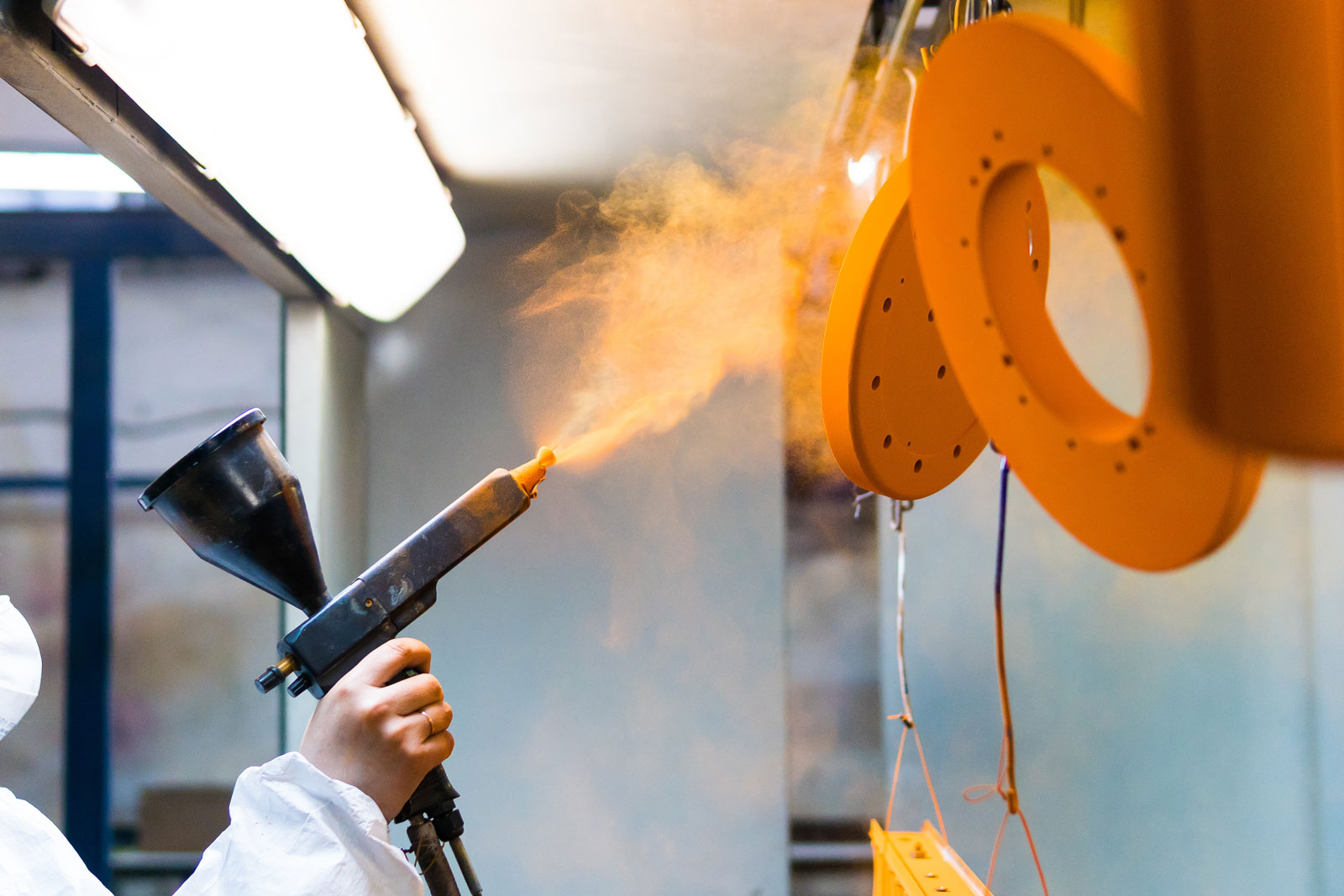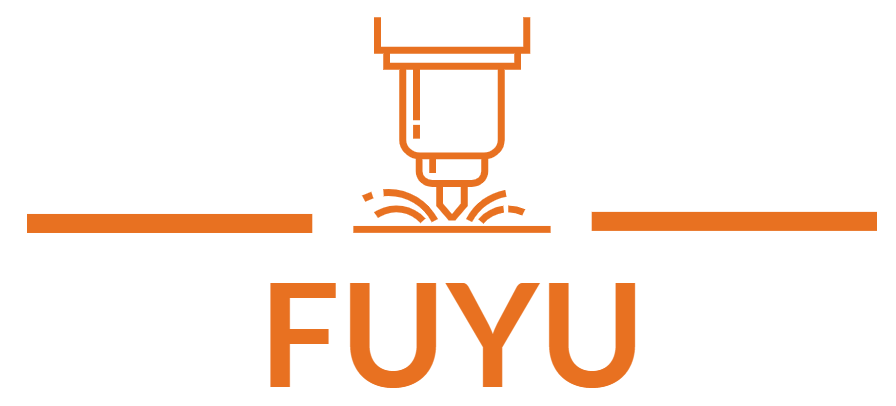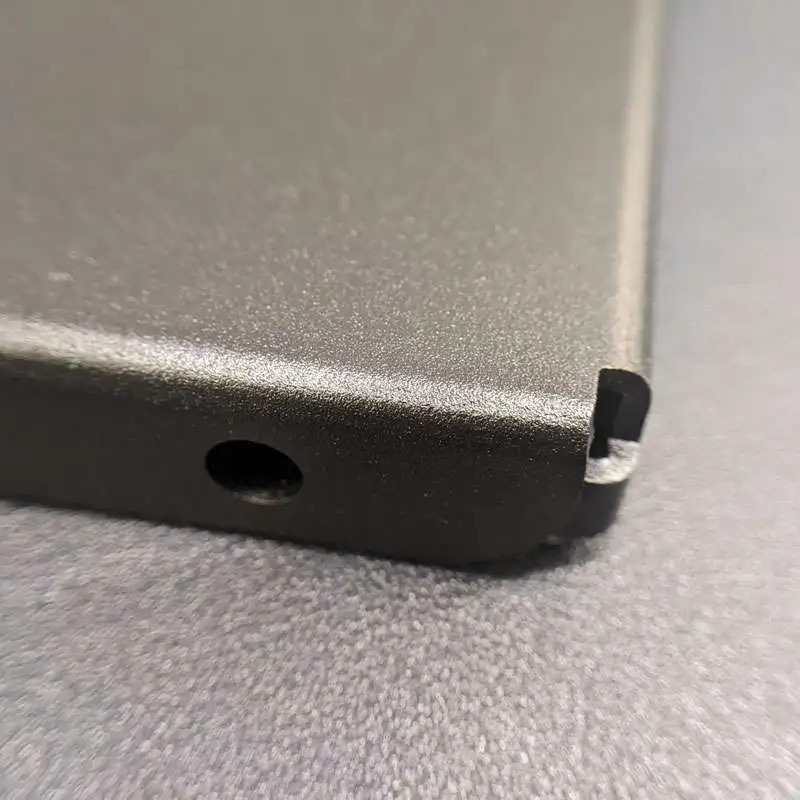Powder Coating: Enhanced Protection Through Electrostatic Application
Surface finishing with powder coatings includes electrostatically depositing dry powder thermally cured.
What is powder coating?
Powder coating involves the electrostatic application of dry powder to a surface, resulting in a thin layer that offers exceptional resistance to wear, corrosion, and abrasion.
The process of surface finishing with powder coatings includes the electrostatic deposition of dry powder, followed by thermal curing. This method ensures a durable surface, making it well-suited for metal parts composed of steel and aluminum alloys, commonly used in vehicles and household appliances. The application of powder coating establishes a robust layer that resists wear, corrosion, and abrasion.
Steps of powder coating
➤ Surface Readiness: Thorough cleaning and preparation of the surface guarantee optimal adhesion for the coating application.
➤ Precision Application: Electrostatically charged powder is skillfully sprayed onto the surface, seamlessly fusing into a uniform coating.
➤ Curing Excellence: The coated surface undergoes a precise curing process in an oven, with duration varying based on the powder type and coating thickness, lasting from minutes to an hour.
➤ Meticulous Inspection: A meticulous examination of the coating ensures a flawless finish, detecting and addressing potential issues like bubbles, sags, or missed spots (holidays).
Benefits and key features
➤ Strength and Resilience: Powder coating yields a robust surface, exhibiting superior resistance to scratches, chips, and corrosion in comparison to conventional paint.
➤ Versatility in Design: With an extensive array of colors and textures, powder coating offers a diverse palette, ensuring a wide range of aesthetic possibilities.
➤ Economic Viability: While the initial setup investment is substantial, the long-term advantages make powder coating a cost-effective choice over time.
➤ Eco-Conscious Solution: This method releases minimal volatile organic compounds (VOCs), contributing to environmental well-being and maintaining a balanced solvent profile.

Powder coating’s advantages over traditional liquid coating methods
➤ Exceptional Durability: Powder coating offers a robust and enduring finish, capable of withstanding high temperatures, chemical exposure, and UV radiation.
➤ Efficient Application: The application of powder coating is swift and straightforward, eliminating the need for solvents.
➤ Versatility: Powder coating is suitable for an extensive array of materials, including metals, plastics, and composites.
➤ Environmental Friendliness: The powder coating process generates no hazardous pollutants, aligning with environmental sustainability.
Common uses
The technique is employed to coat rims, bumpers, and various components requiring enhanced aesthetics and superior protection. Additionally, it finds application on devices and tools, providing them with a sleek and durable finish. The process is well-suited for coating window frames, railings, and other architectural elements.
Materials: Aluminum, Stainless Steel, Steel
Texture: Gloss or semi-gloss
Thickness: 60μm to 100μm

Comparison of powder coating and anodizing
Comparison table
| Characteristics | Anodising | Powder coating |
|---|---|---|
| Type | Electrochemical process | Electrostatic process |
| Cost | High | Moderate |
| durability | Excellent | Good |
| Corrosion resistance | Excellent | Good |
| Color selection | Limited colors | Large selection of colors |
| Surface finishing | Matte or satin texture | Shiny, matte or satin textures |
| Resistance to fading | Small amount | Excellent |
| environmental friendliness | Good | Excellent |
Cost
Evaluating costs involves considering various factors. Powder coating tends to have higher initial equipment and setup costs. However, in the long term, especially for large projects, it can prove to be more cost-effective.
Conversely, anodizing has a lower entry cost but becomes more expensive for custom colors and finishes. The choice between the two depends on the specific requirements and the scale of the project.
Durability
Durability is a critical factor in surface finish selection. Powder coating delivers a resilient finish that withstands scratches and chips, providing comprehensive protection with its even surface coating.
Anodizing takes durability a step further by integrating the protective layer directly into the aluminum. This results in a surface finish that remains impervious to peeling or chipping, ensuring long-term durability. Both processes are highly durable, but anodizing may offer a slight advantage in terms of wear resistance.
Corrosion Resistance
Both powder coating and anodizing offer substantial protection against corrosion. Powder coating creates a sealed and continuous surface, preventing oxidation and corrosion.
Anodizing, by forming a thick oxide layer, provides robust corrosion resistance. While both methods are highly effective, the integrated oxide layer of anodizing can offer more uniform and enduring corrosion protection, particularly in aggressive environments.
Other Finishing Services Available
Our One-Stop Finishing Excellence
Benefit from Fuyu’s industry-leading expertise, offering unparalleled quality and convenience through our comprehensive, one-stop finishing services.
Anodizing type II (Glossy)
Anodizing type II (Matte)
Anodizing Type III Hard anodizing
LEARN MORE
Zinc Plating
Chrome Plating
Nickel Plating
Copper Plating
Electroless Nickel Plating
Tin Plating
Gold Plating
Silver Plating
LEARN MORE
Mechanical Polishing
Electropolishing
Vibratory Polishing
Mirror Polishing
Glass Bead Blasting
Ceramic Bead Blasting
Plastic Bead Blasting
Steel Shot Blasting
Stainless Steel Bead Blasting
Powder coating, a dry finishing process, involves the electrostatic charging and spraying of finely ground particles of pigment and resin onto surfaces. Upon curing under heat, this method produces a resilient, uniform, and aesthetically pleasing finish, gaining popularity for its environmental friendliness and superior performance benefits.
LEARN MORE
Black oxide, a conversion coating in the realm of surface finishing, chemically engenders a protective black layer on metals, predominantly focusing on ferrous alloys. This process not only boosts corrosion resistance but also diminishes light reflection, adding a touch of decorative appeal. Administered through either hot or cold processes, the finish is frequently sealed with wax or oil, elevating both durability and protection.
Chromate conversion coating, also recognized as Alodine or Chemfilm, serves as a surface treatment tailored for aluminum and its alloys. This process establishes a thin yet protective chromate layer, elevating corrosion resistance, fostering paint adhesion, and ensuring electrical conductivity. Widely employed in aerospace and automotive industries, it not only provides enhanced functionality but also delivers a decorative finish while maintaining minimal dimensional alterations.
DLC (Diamond-Like Carbon) coating stands as a nanocomposite finish designed to provide materials with a robust and wear-resistant surface. Emulating the properties of natural diamond, it delivers exceptional lubricity, corrosion resistance, and a minimized friction coefficient. This makes DLC coating particularly well-suited for applications in the automotive industry, tools, and precision components.
In the realm of surface finishing, brushing employs abrasive brushes to craft fine and uniform lines on metal surfaces. This mechanical process not only elevates the appearance but also conceals defects and primes surfaces for coatings. With the capability to provide an array of textures, ranging from short to long grains, brushing ensures aesthetic refinement tailored for diverse applications.
Titanium anodizing is a surface finishing process designed to enhance the oxide layer on titanium components. This modification not only boosts corrosion resistance and biocompatibility but also introduces vibrant, interference-based colors without the need for dyes or pigments. Widely adopted in medical devices and aerospace applications, this process seamlessly combines aesthetics with functional advantages.
Passivation is a surface finishing process that treats stainless steel with a mild oxidant, removing iron contaminants and enhancing its natural oxide layer. This strengthens corrosion resistance and prevents unwanted reactions in environments like the medical, food, and aerospace industries.
You Are Interested In:


